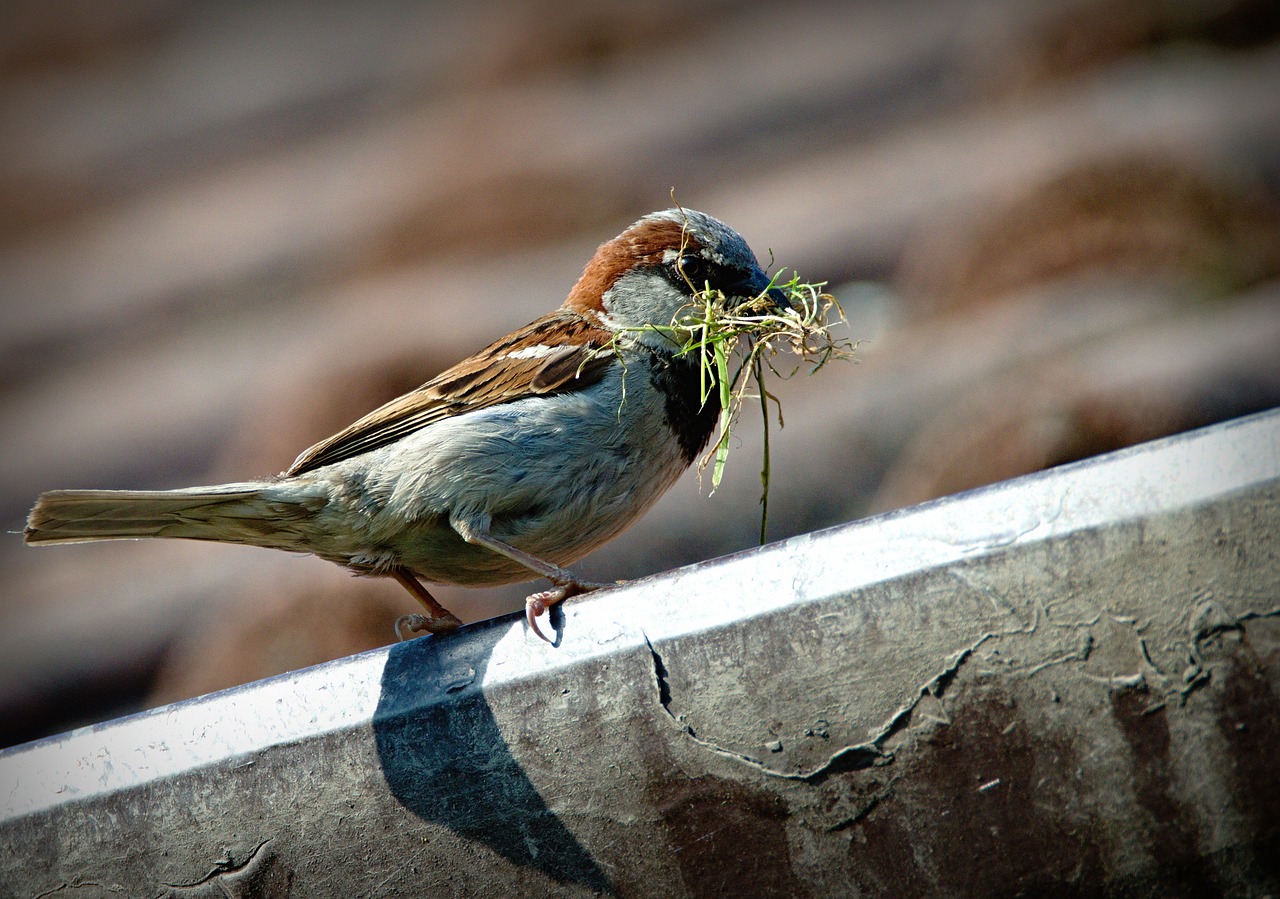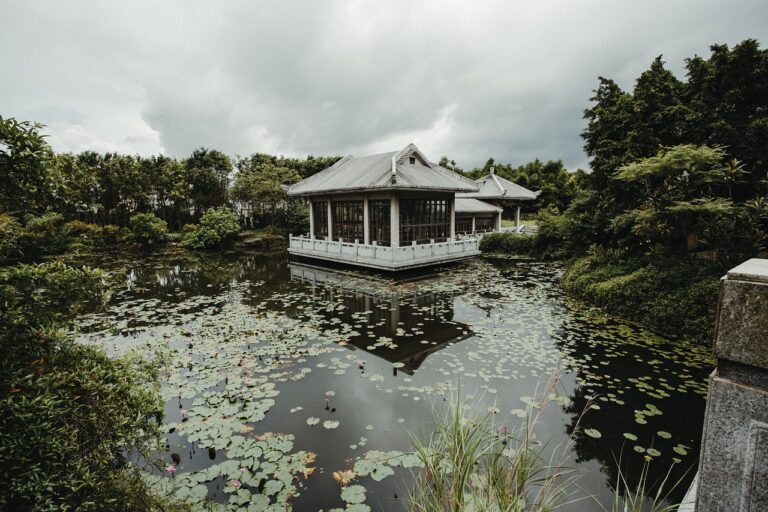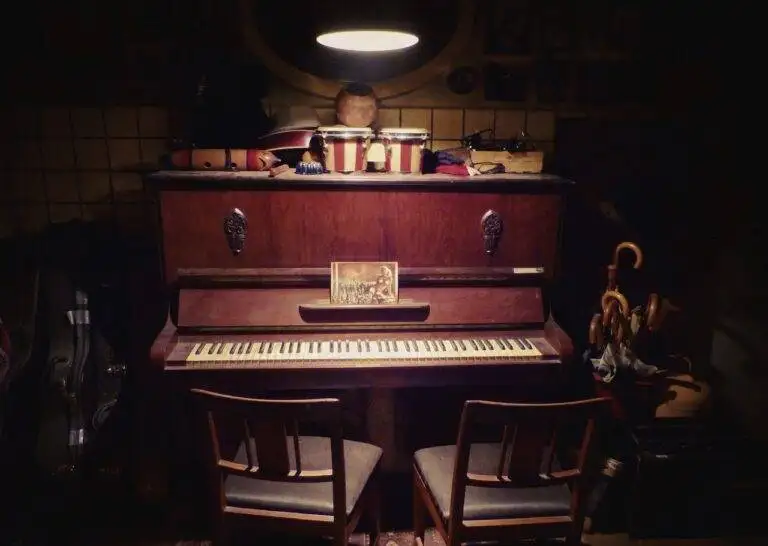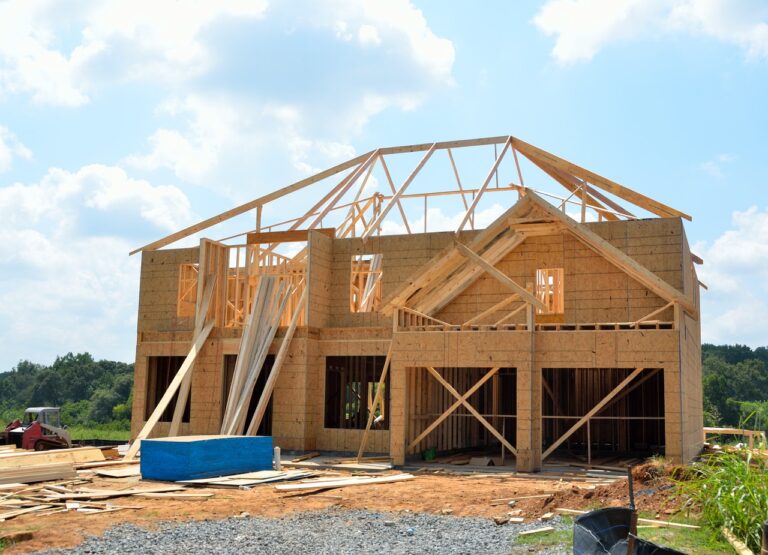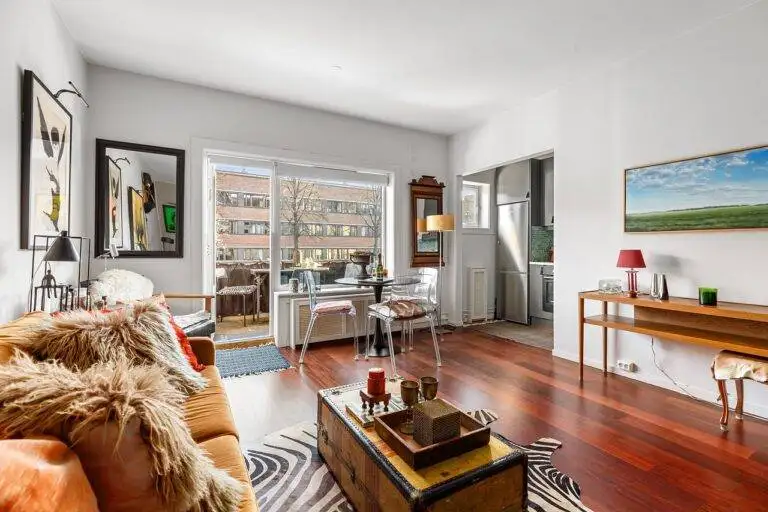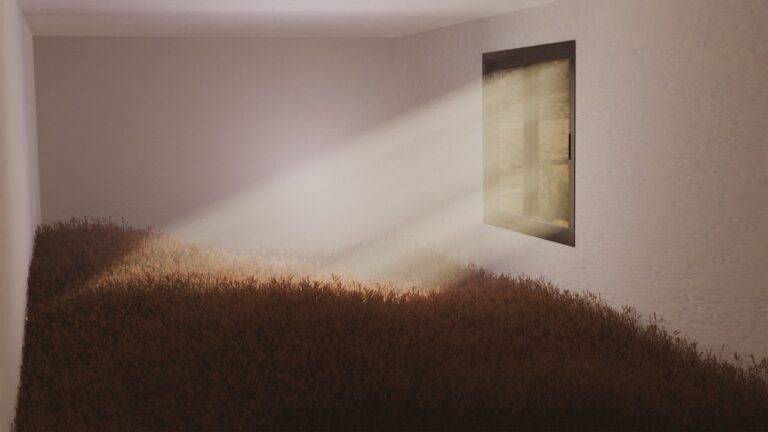Building a Green Roof: Eco-Friendly Benefits and Installation Process
Green roofs offer a plethora of advantages for both the environment and building occupants. By providing natural insulation, green roofs help reduce energy consumption for heating and cooling, resulting in lower utility costs. The vegetation on green roofs also helps to improve air quality by absorbing pollutants and filtering out carbon dioxide from the atmosphere.
Moreover, green roofs can significantly extend the lifespan of a building’s roof membrane by protecting it from UV radiation and extreme temperatures. This not only reduces maintenance and replacement costs but also adds to the overall durability and sustainability of the structure. The aesthetic appeal of green roofs also enhances the visual environment of urban spaces, creating tranquil and attractive green areas in densely populated cities.
Types of Green Roof Systems
When considering green roof systems, there are two common types that are widely used: extensive and intensive green roofs. Extensive green roofs are characterized by their low-maintenance requirements and lightweight design. These systems typically feature shallow soil depths and require minimal irrigation and care. They are ideal for buildings where weight limitations are a concern and are well-suited for sedum or other drought-tolerant plants.
On the other hand, intensive green roofs are more complex and require deeper soil depths to support a wider variety of plants, including trees and shrubs. These systems often necessitate more regular maintenance and irrigation than extensive green roofs but offer greater flexibility in plant selection and landscaping possibilities. Intensive green roofs can create vibrant outdoor spaces for building occupants to enjoy, enhancing the aesthetic appeal and usability of the rooftop area.
• Extensive green roofs are low-maintenance and lightweight
• Shallow soil depths and minimal irrigation required
• Ideal for buildings with weight limitations
• Well-suited for sedum or other drought-tolerant plants
• Intensive green roofs require deeper soil depths
• Support a wider variety of plants, including trees and shrubs
• More regular maintenance and irrigation needed
• Offer greater flexibility in plant selection and landscaping possibilities
• Create vibrant outdoor spaces for building occupants to enjoy
Environmental Impact of Green Roofs
Green roofs have a positive impact on the environment due to their ability to reduce the urban heat island effect. By absorbing and evapotranspiring water, green roofs can help cool down buildings and surrounding areas. This can lead to lower energy consumption for air conditioning during hot summer months, reducing greenhouse gas emissions and overall energy costs.
In addition to their cooling effect, green roofs also contribute to improving air quality in urban areas. The plants on green roofs capture airborne pollutants and convert carbon dioxide into oxygen through photosynthesis. This helps to mitigate the effects of air pollution and create a healthier living environment for both humans and wildlife.
What are some benefits of installing a green roof?
Some benefits of installing a green roof include improved air quality, reduced energy costs, extended roof lifespan, and decreased urban heat island effect.
What are the different types of green roof systems?
The two main types of green roof systems are extensive green roofs, which have shallow soil and low maintenance requirements, and intensive green roofs, which have deeper soil and allow for a wider variety of plants.
How do green roofs have a positive environmental impact?
Green roofs have a positive environmental impact by reducing stormwater runoff, mitigating the urban heat island effect, providing habitat for wildlife, and improving air quality.
Do green roofs require a lot of maintenance?
Generally, extensive green roofs require less maintenance than intensive green roofs. However, all green roofs will require some level of maintenance to ensure their long-term success.

